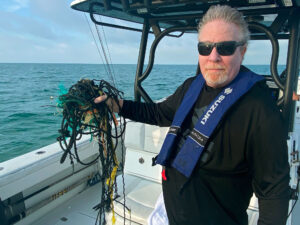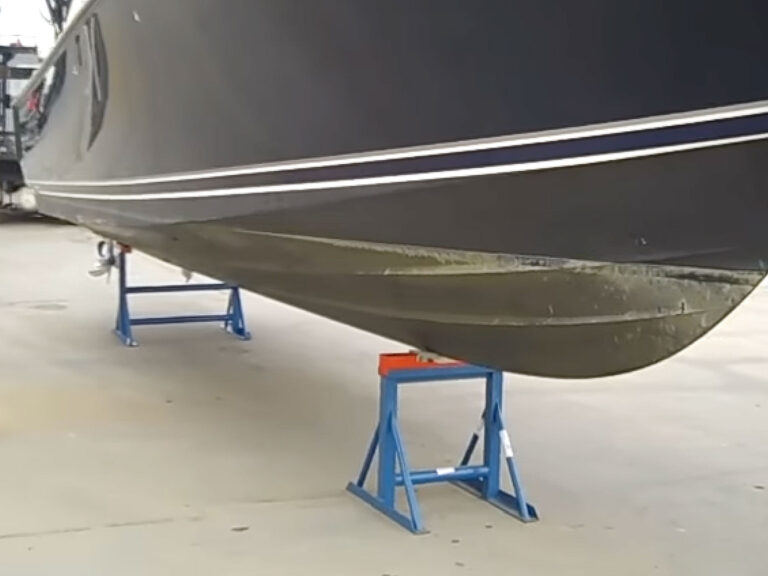It’s that time of year again-the days are growing short-er, the nights are getting longer, and the stripers are biting stronger. These fish are looking to fatten up before they migrate down the coast, and even the largest, oldest fish seem to turn foolhardy in their quest to gorge. Why such a fuss? Because menhaden, the stripers’ main forage fish, are also migrating. As the “bunker” move out of rivers and bays, hungry stripers are waiting to ambush them. At times like these, nothing beats a live menhaden as bait. Ready to go on a catching spree? It goes like this.
1. You have to catch the bunker first. You can net them with a 10′ or 12′ cast net if they’re in water less than 20′ deep, or you can snag them by casting a treble hook tied to your line 6″ above a sinker. Cast it beyond a visible school of the fish, give it a moment to sink, then reel it in quickly.
2. Keeping menhaden alive is a challenge. Plan to put no more than one fish per gallon of water into your livewell. If you don’t have a livewell, put three or four in a five-gallon bucket, but you must change the water every 10 minutes.
3. Once you have your bait, use a fishfinder rig in areas of heavy current or when the stripers are hanging deep. In low current or when the fish are up top, live-line the bunker with no weight.
4. Use a hook that matches the bait size, not necessarily the size of the stripers. Don’t worry, you can still hook a horse on that little 4/0. But using a 6/0 may kill your live bait before the big fish find it.
5. When using a weighted rig, hook the bunker in the nose, running the point in one nostril and out the other. When live-lining, you can hook the bait through the back, just behind the dorsal, which will encourage it to swim down through the water column.









